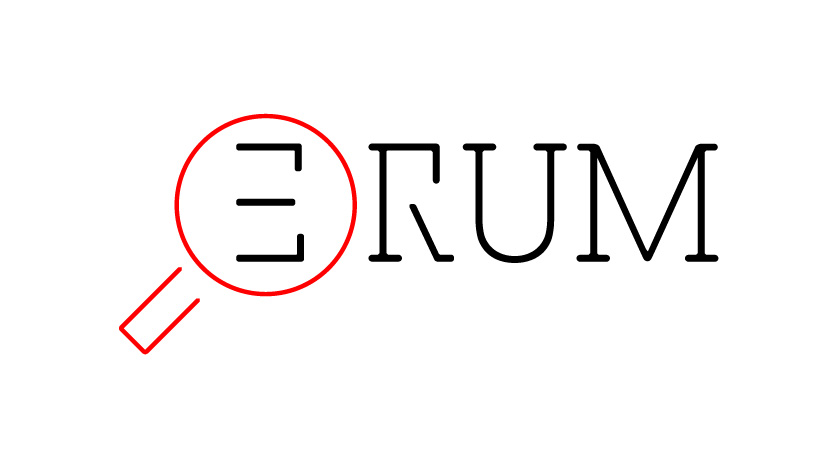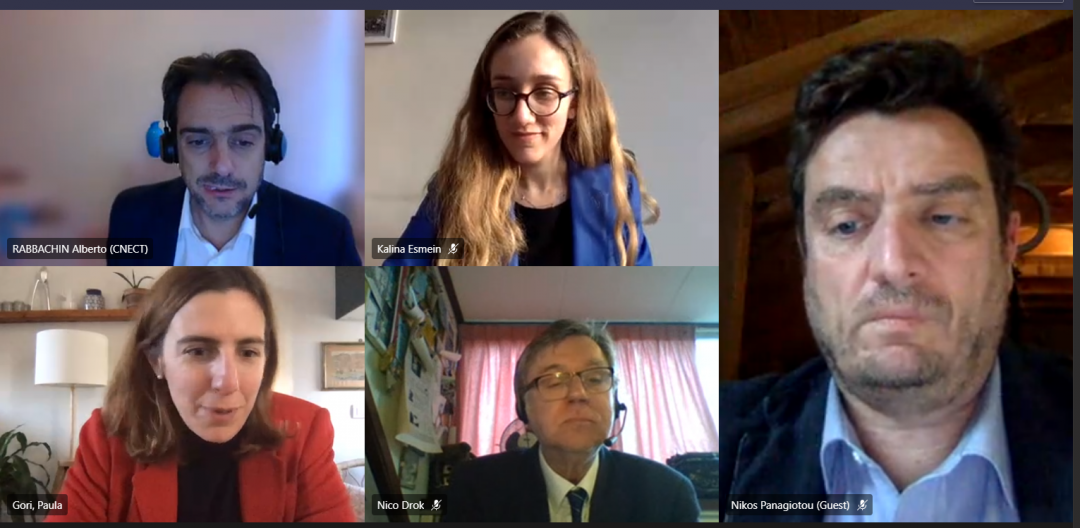The first event of the ERUM project “Scientific Vulgarisation in Mainstream Media” successfully took place on the 14th of December, 2020. It was organised by the European University Foundation (EUF) as a one-day conference and was held online due to the COVID-19 pandemic. It gathered a total of 50 participants (external participants and project consortium included).
With the outbreak of COVID-19, the last months have shown that we live in times of uncertainty. While uncertainty can be seen as a driving force for knowledge gain in science, people are in general in search of simple answers that can often be found in misinforming or intentionally disinforming content online. Indeed, “fake news” seem to strive for the spotlight while scientific findings often remain in the shadow. This comes hand-in-hand with an increase of emotional or sensational content that mostly leaves no room for deep scientific analyses. Indeed, generally speaking, science journalism seems to be on the decline. At the same time, scientists are seen more and more as public communicators that address the wider public directly (public trust in science indeed still seems in comparison to being comparably high). More and more scientists are making use of social media channels to reach a broader audience.
In this framework, this online event tried to bring an answer to the following questions, which are at the core of the ERUM project: what are the challenges of scientific vulgarisation, especially for journalists and media professionals and especially in the face of the growing place of fake news in the media space? In a context of a decline of scientific journalism, how can journalists continue to popularise or question scientific findings and information – and in this way enhance the quality of information provided within their field – in a good way with the necessary intellectual resources?
This event tried to shed some light on these subjects by bringing together media professionals, academics, partners associated to the project and policy-makers – among others from the European Commission – and included exchanges and discussions on how universities and media professionals can learn from each other in order to increase the quality of information and also on the media treatment of scientific information. The content of the event was built around the project’s first outputs (IO1 and IO2), which were successfully disseminated. Attendees got acquainted with the project, its goals and objectives and had the chance to give feedback.
The EUF began to address the introductory topic on the event’s agenda, namely the work of the European Commission regarding the implementation of a comprehensive set of actions to tackle the spread and impact of online mis- and disinformation in Europe. These initiatives have particularly increased in the framework of the COVID-19 pandemic, which has led to massive disinformation campaigns. The most striking example is the Joint Communication “Tackling COVID-19 disinformation – Getting the facts right”, which was published last June among others by the European Commission. Mr Alberto Rabbachin, Policy Officer from DG CONNECT at the European Commission gave a 20-minute presentation on this Communication after the EUF introduced him to the audience. It was followed by a Q&A session.
This presentation and the topics it raised was a good occasion to shed light on one of the project’s core challenges: how to improve the public’s resilience towards dis- or more generally speaking misinformation. This was done through the presentation of intellectual output 1, which consists of a general report based on five case studies and devoted to the subject of mis- and disinformation in the media sphere. It is also intended as a resource for university lecturers and university students since it provides case studies in the form of sub-reports to improve critical media literacy. As coordinators of this output, the University of Vienna presented the general report and the methodology applied within the five case studies (that can be found here). The main findings of these case studies were consequently presented by the project partners afterwards, while participants had the chance to ask questions and give constructive feedback.
In the afternoon, attention was paid to Discursive News Values Analysis as an innovative method for analysis that was presented by the University of Alcalá. The methodological Input was followed by a comprehensive session on ERUM’s 2nd intellectual output, which are the guidelines for evidence and research-based communication in order to build the capacity of students and soon-to-be journalists and stakeholders of the media sphere. For this output, the project team has first launched a survey amongst journalists to examine their experiences with mis- and disinformation. This survey will then be followed by guidelines that aim at, on the one hand, providing guidance to postgraduate students and support them in the development of their skills for good scientific-communication practices and, on the other hand, improving their understanding of the media popularisation of science practices. As the leader of this output, Vytautas Magnus University was able to present the first outcomes of the survey and the experts were asked for their feedback about this output that is still ongoing.
Since the presentation of the first intellectual output took longer than expected, a short participative session which was foreseen in the agenda had to be cancelled. However, the following panel discussion opened up a fruitful space for exchange between media and academia. EUF kicked off this panel discussion by recalling the European Commission’s actions to tackle the spread and impact of online mis- and disinformation and pointing to the relevance of scientific findings in this context. After having introduced the topic of the panel (what can be done in order to help tackle disinformation and to help future journalists to better understand how scientific process works and more generally to help the public understand the difference between facts and fiction?), the EUF introduced the panellists, who delivered short presentations under the following angles:
- Alberto Rabbachin (EC, DG CONNECT): The work DG CONNECT has done and will continue to do on the Code of Practice on Disinformation and what is done for the creation of the European Digital Media Observatory.
- Paula Gori (European Digital Media Observatory): The European Digital Media Observatory and its mission within the fight against online disinformation.
- Nico Drok (European Journalism Training Association): What can journalism education do in order to help future journalists to better understand how the scientific process works and to help the public understand the difference between facts and fiction?
- Nikolaos Panagiotou (Aristotle University of Thessaloniki): How can journalists act in order to cope with the disinformation pandemic?
A Q&A session followed the panel session, which opened up a space for pro-active dialogue. Questions were asked from the audience and the moderators (the EUF and the University of Vienna).
Lastly, the University of Vienna, together with the EUF, closed the online event with concluding remarks.
Learn more about the project & find some of the partners’ presentations below:
- University of Vienna (the general report and the case study)
- Cyprus University of Technology
- Discursive News Values Analysis – University of Alcala

